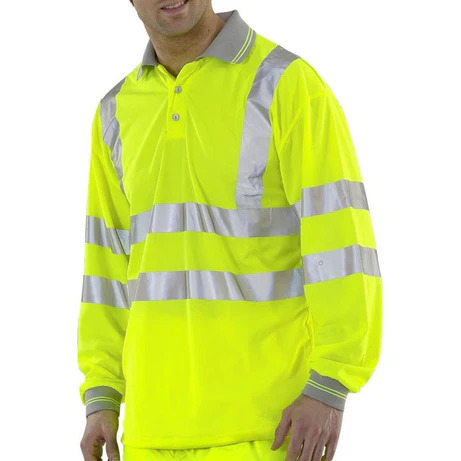In today’s fast-moving work environment, appearance and comfort matter more than ever. Traditional uniforms are often outdated, uncomfortable, and don’t always reflect modern professionalism. On the other hand, smart work clothes offer a better solution for productivity, presentation, and performance. This article explores how smart clothing for work stands apart from regular uniforms and why businesses across the UK are making the switch.
What Are Smart Work Clothes?
Smart work clothes are modern uniforms designed with advanced fabrics and ergonomic cuts. They balance professional appearance with all-day comfort and often include features such as:
-
Breathable, moisture-wicking fabric
-
Stretchable material for better movement
-
Stylish cuts suitable for office and fieldwork
-
Stain-resistant and easy-care textiles
This evolution of workplace attire focuses not just on “looking smart,” but also on feeling good and working better.
Key Differences Between Smart Clothing and Traditional Uniforms
Let’s compare how smart clothing for work is different from regular uniforms:
1. Fabric Technology
-
Traditional Uniforms: Often made with heavy cotton or polyester blends, these can trap heat and restrict movement.
-
Smart Work Clothes: Use modern textiles that offer breathability, stretch, and temperature control, ideal for long shifts.
2. Comfort & Fit
-
Traditional Uniforms: Usually come in limited sizes and rigid cuts, leading to discomfort over time.
-
Smart Work Clothes: Designed with a flexible fit, contouring to different body shapes while allowing easy movement.
3. Appearance
-
Traditional Uniforms: Can look outdated or too generic, lacking a professional edge.
-
Smart Clothing: Features modern tailoring and subtle design details that reflect brand identity and create a polished appearance.
4. Functionality
-
Old Uniforms: Often designed with limited consideration for the day-to-day tasks of workers.
-
Smart Workwear: Includes multiple pockets, reinforced seams, and smart fabric technologies that support active roles.
Why the UK Workforce Needs a Smarter Approach
With hybrid roles, on-the-go professionals, and a growing awareness of employee wellbeing, UK companies are seeking uniforms that match modern needs. Here’s why smart clothing is the future:
-
Improves Staff Confidence: Workers feel more professional and valued when their clothing supports them.
-
Increases Productivity: Comfortable staff are less distracted and more focused.
-
Reduces Replacement Costs: Smart workwear is often more durable and longer-lasting.
-
Enhances Brand Identity: Employees dressed in well-designed smart clothing reflect positively on the business.
Industries Making the Shift
Several sectors in the UK have already adopted smart work clothes as the standard:
-
Retail & Hospitality: Where frontline staff need to look presentable while staying comfortable.
-
Corporate Offices: Where hybrid roles demand attire that is both formal and flexible.
-
Logistics & Field Services: Where performance fabrics and functional cuts make long shifts manageable.
Benefits for Employers
Switching to smart clothing isn’t just good for employees—it brings long-term advantages for businesses too.
1. Team Unity and Morale
Smart clothing boosts a sense of identity and pride. When staff feel good in what they wear, morale and teamwork improve.
2. Lower Maintenance
Many smart garments are machine washable, stain-resistant, and wrinkle-free, reducing dry cleaning needs.
3. Better First Impressions
Whether dealing with clients or customers, well-dressed employees create a strong first impression, vital in competitive industries.
How to Transition to Smart Work Clothes
Moving away from regular uniforms doesn’t have to be difficult. Here’s how employers can make a smooth shift:
-
Assess Needs: Identify job roles that require high comfort, flexibility, or durability.
-
Involve Employees: Get feedback on what’s needed for comfort and performance.
-
Start with a Pilot Program: Test smart clothing with a small team to evaluate performance and satisfaction.
-
Scale Gradually: Once satisfied, roll out the new workwear across departments.
Conclusion
Smart clothing for work is no longer a luxury—it’s becoming the new standard for modern workplaces across the UK. By replacing outdated uniforms with smart work clothes, companies show they care about both image and employee wellbeing.
From fabric technology to modern design, smart workwear supports a productive, confident, and professional workforce. It’s time to leave stiff uniforms behind and make the smart switch with Smart work Wear.



